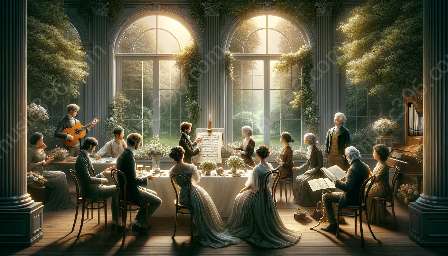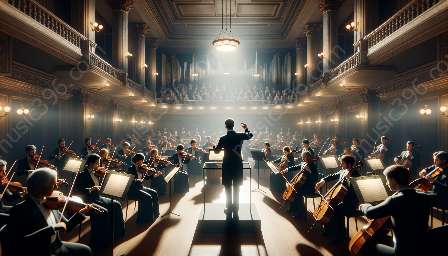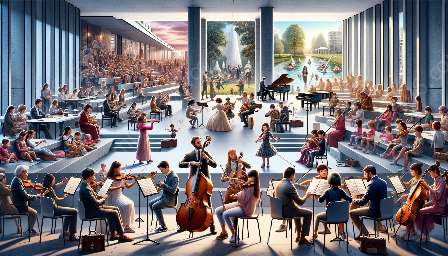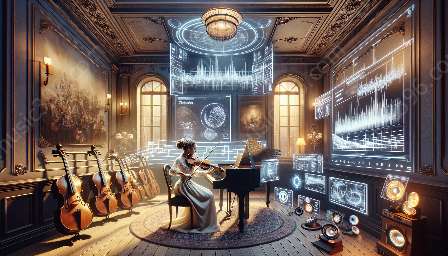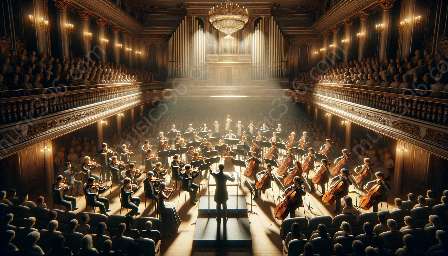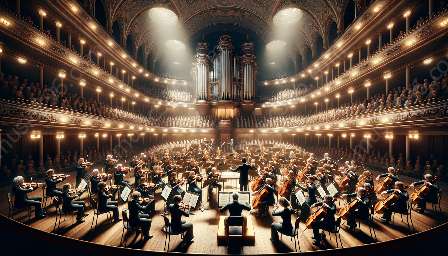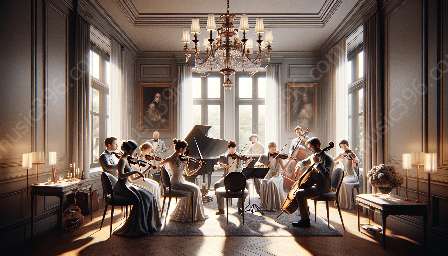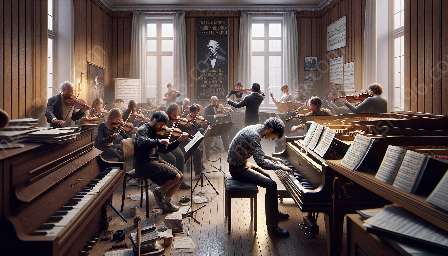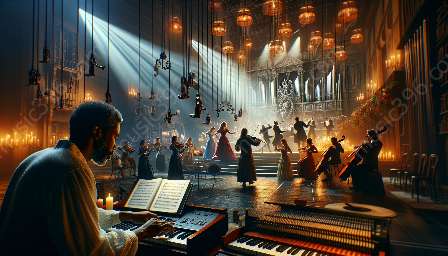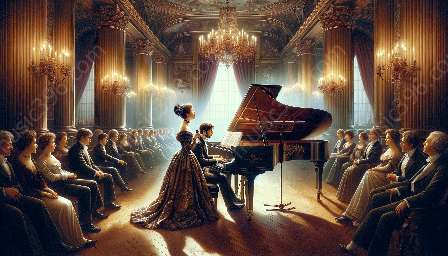Throughout history, the development of musical notation has played a crucial role in shaping the direction and growth of classical music. The ability to notate musical compositions has had a profound influence on the way music is created, preserved, and performed. In this comprehensive analysis, we will explore the significance of musical notation in the context of classical music and how it has contributed to its proliferation.
Origins of Musical Notation
The origins of musical notation can be traced back to ancient civilizations such as the Greeks and Romans, who used primitive systems of notation to document musical compositions. However, it was not until the medieval period in Europe that a more sophisticated form of musical notation began to emerge. The development of neumatic notation, which used symbols to represent pitch and duration, laid the foundation for the modern system of musical notation.
Musical Notation and Composition
One of the most significant impacts of musical notation on classical music is its role in the composition process. Prior to the widespread use of musical notation, composers relied on oral tradition and memory to transmit and preserve their musical creations. With the advent of notation, composers gained the ability to accurately capture their musical ideas on paper, allowing for the preservation and dissemination of their works across time and space.
By providing a standardized means of representing musical elements such as pitch, rhythm, and dynamics, musical notation empowered composers to convey their artistic intentions with greater precision. This facilitated the development of complex and nuanced musical compositions, as composers were able to explore new harmonic and rhythmic possibilities with the confidence that their notated instructions would be faithfully interpreted by performers.
The Role of Notation in Performance
While musical notation has had a profound impact on the composition of classical music, its influence extends to the realm of performance as well. Notation serves as a bridge between composers and performers, enabling the faithful interpretation of a musical work across different performers and generations. Through the detailed instructions provided by notation, performers are able to understand and express the intended musical expression and interpretation as envisioned by the composer.
Moreover, the use of musical notation has facilitated the standardization of musical performance practices. By providing a common language of expression, notation has allowed for the development of performance traditions and interpretations that form the basis of a living classical music tradition.
Preservation and Dissemination of Classical Music
Another significant consequence of musical notation is its role in the preservation and dissemination of classical music. Prior to the advent of notation, the transmission of musical works relied heavily on oral tradition, making it susceptible to variations and alterations over time. With the introduction of notation, classical music compositions were afforded a degree of immortality, as they could be faithfully preserved and reproduced in a consistent manner.
Furthermore, the invention of printing technology further enhanced the dissemination of notated musical works, allowing for widespread access to classical music compositions. This, in turn, contributed to the proliferation of classical music as a cultural and artistic phenomenon, reaching audiences far beyond the confines of specific geographical regions or time periods.
Conclusion
The development of musical notation has undeniably played a pivotal role in the proliferation of classical music. From the ability to capture and preserve musical creations to the standardization of performance practices, musical notation has been a catalyst for the growth and evolution of classical music. Its impact continues to be felt in contemporary classical music, serving as a testament to the enduring power of notation in shaping and enriching the classical music tradition.









